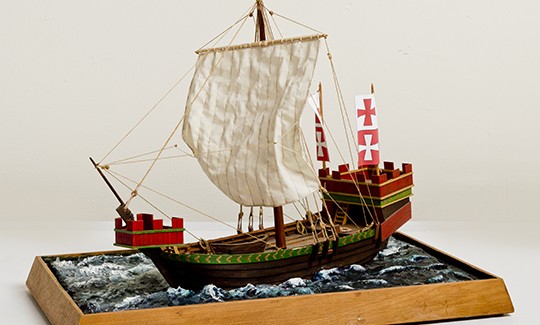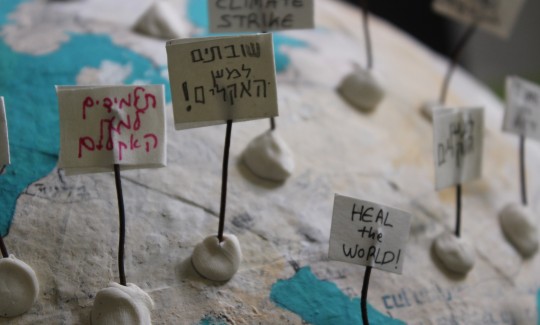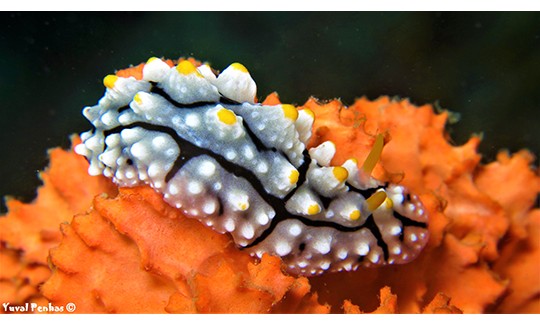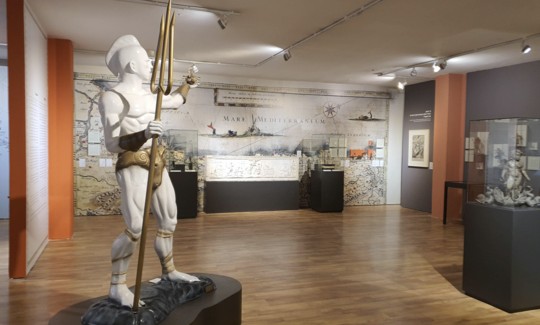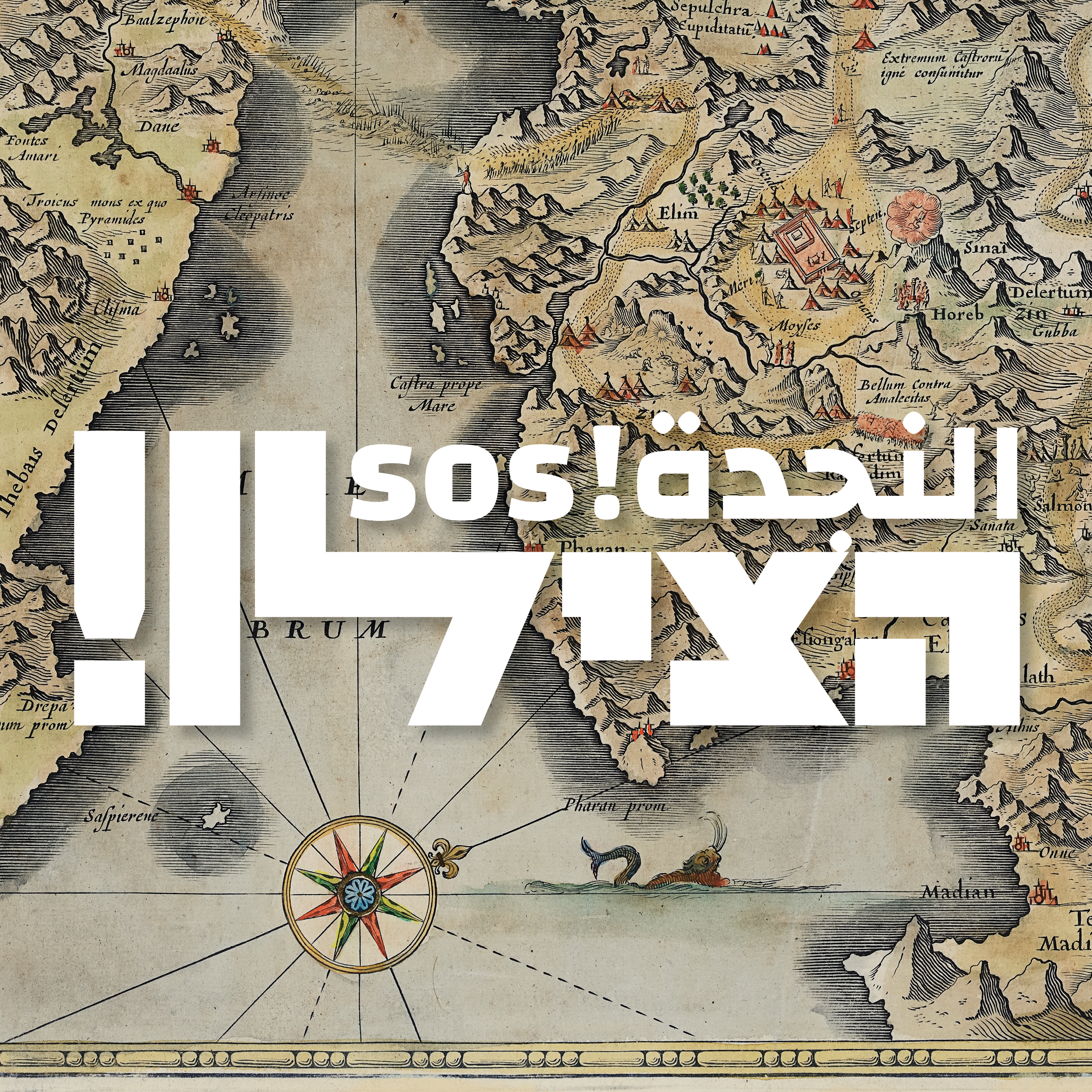
This exhibition is an invitation to think about our relationship with the sea, and how that relationship has changed. Throughout history humans have been at the mercy of the awesome forces of the sea, but today it is humankind that places the sea in danger, wreaking ecological havoc on the marine environment.
Since ancient times, our curiosity and audacity have brought us face to face with that awesome power. Sea voyages – be they for commerce, war, fishing, pilgrimages, migration, or many other purposes – made seafarers vulnerable, helpless in the face of mortal danger.
Great financial resources were invested in these sea voyages, and it was of utmost importance to do all that was possible to ensure their success. Many scientific and technological breakthroughs improved the sailors’ chances of survival, such as stronger, more robust ships, as well as more sophisticated navigation instruments. But for the individual far at sea, at the mercy of the winds, this was not enough. Spiritual entities were also necessary to strengthen sailors’ faith and confidence. Seafarers summoned protective beings and deities that they trusted would subdue the forces of the sea, sending their prayers and offerings in the hopes of returning safely at the end of the arduous and perilous journey.
This exhibition, based in large part on artifacts from the collection of Israel’s National Maritime Museum, is organized according to three main themes. The first section focuses on humankind’s vulnerability in the face of the sea, through objects that illustrate the variety of technological and spiritual means of protection developed through the ages; the second section focuses on the deities, heroes, and fantastic sea creatures called upon for protection, in different cultures and periods; the final section explores the extraordinary modern-day role reversal, by which the sea has become vulnerable to extreme man-made environmental hazards and desperately needs its own super-heroes to defend it.
The environmental content and interactive stations in the exhibition were prepared in cooperation with the Rosh Carmel Marine Community of the Israel Society for the Protection of Nature, and the Israel branch of Humans of the Mediterranean – a national network of local communities who are working to establish marine reserves along Israel’s Mediterranean coast.
This is our first collaboration with the Earth Day Network, an international organization that works to educate, mobilize and motivate environmental movements worldwide

Pirates – Myth and Reality
Piracy is ancient, taking place from the very dawn of maritime trade.
It flourished from the Mediterranean to the Chine Sea, reaching a zenith in the 17th Century with the rise of European colonialism, and with the development of the trans-Atlantic trade between Europe and the New World.
Piracy nearly disappeared following the end of the Second World War. This was due to more advanced shipping and telecommunication technologies, together with more strident policing on international trade routes. Since the beginning of the 21st century there has been a revival of the phenomenon, especially along the coasts of the Americas, Africa, and in the Indian Ocean.
In general, piracy has developed where a strong central power was missing. This, for example, happened following the death of Alexander the Great and the division of his empire, and waned after Rome became the dominant force in the Mediterranean. Piracy also arose following the decline of the Ottoman naval forces. It flourished in the 16th century with the rise of pirate city-states along the coast of North Africa (known as the Barbary states).
The heyday of piracy in its classic sense was in the Atlantic during the 16th and 17th centuries. The pirates’ primary targets were Spanish ships laden with treasures on their return journey from the Caribbean islands. Over time piracy migrated to the trade routes along the African coast.
In the Far East, piracy existed over two thousand years ago. It was common along the coast of China, in the South China Sea, and along the Malacca Strait. It flourished in this area with the opening of trade between the West and the “Orient,” reaching its height at the beginning of the 19th century.
In our minds piracy conjures up a mixture of fact and legend. Books and movies are the source of many of these myths (think treasure-maps). In the movies the pirate is portrayed as either an arch-villain, or as a charming rebel with a heart of gold.
Are these descriptions true or imaginary? It is hard to tell. Pirates did not document their daily lives, and the little that is known of them comes from descriptions given by people who they imprisoned – an obviously biased view. There is no doubt that some were brutal criminals, but their lifestyle was also rebellious, in a time when conformity was demanded. Many sailors turned to piracy as an escape from the brutality and low wages found on merchant ships. A pirate’s life offered greater freedom, but it was far from glamorous. Their loot was often wasted on gambling, women and drinking, and many died young.


